| Our History |
|
|
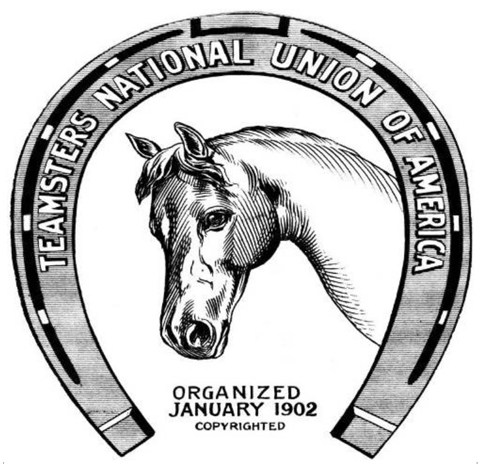 From colonial times to the turn of the century, the men who drove horse-drawn wagons formed the backbone of North America's wealth and prosperity. Despite their essential roles as guardians of trade – the economy's lifeblood – they remained unorganized and exploited. From colonial times to the turn of the century, the men who drove horse-drawn wagons formed the backbone of North America's wealth and prosperity. Despite their essential roles as guardians of trade – the economy's lifeblood – they remained unorganized and exploited.
In a teamster's life, work was scarce, jobs were insecure, and poverty was commonplace. In 1900, the typical teamster worked 12-18 hours a day, seven days a week, for an average wage of $2 per day. A teamster was expected to haul his load and assume liability for bad accounts and lost or damaged merchandise. The work left teamsters carrying all the risks with little chance for reward.
In 1901, frustrated and angry drivers banded together to form the Team Drivers International Union (TDIU), with an initial membership of 1,700. The following year, some members broke away, creating the Teamsters National Union.
Click here to learn more about Teamster History.
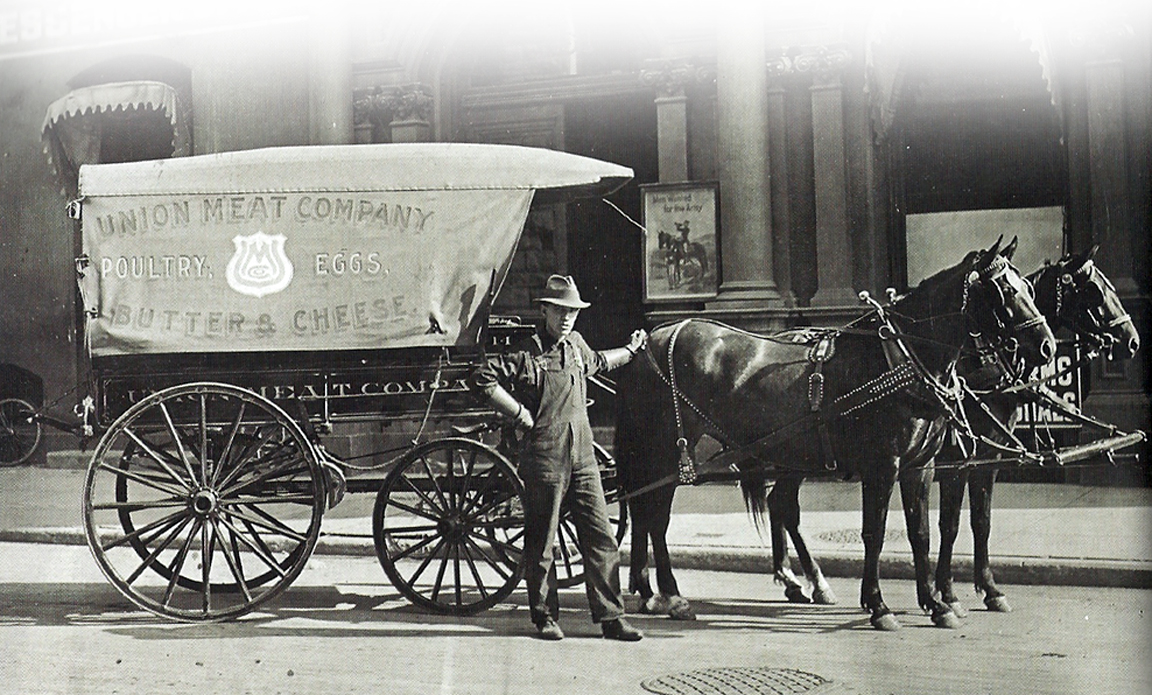
|
| Our Structure |
|
|
Local Union Structure
There are more than 600 Teamster local unions across North America, with 1.3 million members. The local unions and their members are the heart and backbone of the Union.
The members of each local elect their own officers, devise their own structure, and vote on their own bylaws, compatible with the International Constitution and Bylaws. While enjoying their independence, the locals benefit from the experience and assistance of the International Union, and of the various conferences and councils in the Union's structure.
Shop Stewards: Shop stewards are elected by the employees, and trained in representational methods by the local union. They are your direct link to Local 570. Whenever you have a problem on the job, you should discuss the matter with your steward.
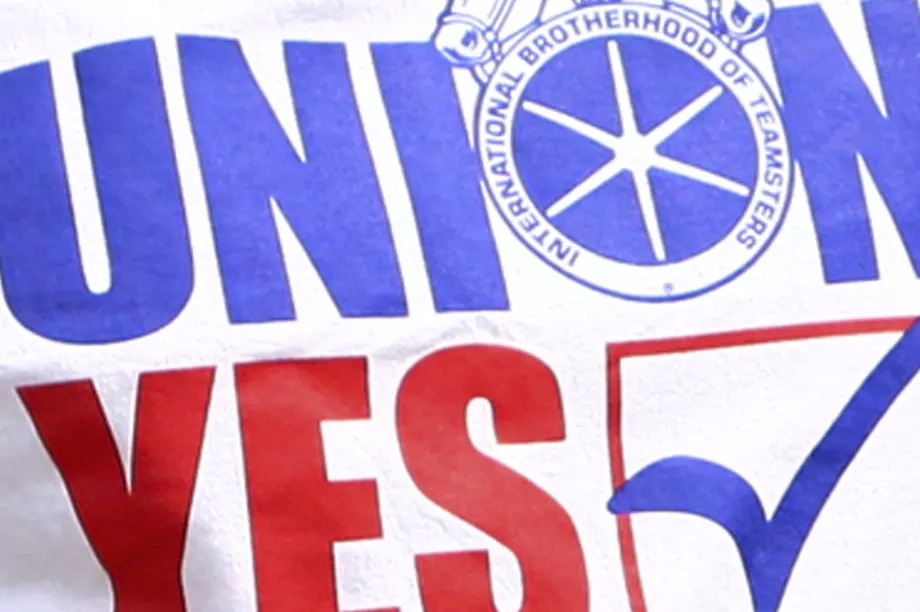
Business Agents: Local 570 has full-time business agents on staff. The agent's job is to represent your interests. They are usually called on to settle any grievance or matter that may not be resolved between the steward and the company.
Executive Board: Local 570 has seven officers consisting of the Secretary-Treasurer, President, Vice President, Recording Secretary and three Trustees. The officers are all elected by the membership. They are entrusted with running the affairs of the Local Union: negotiating contracts, organizing new members, handling the finances of the Union, participation in community activities, etc.
Regional Union Structure
In geographic areas where there are three or more locals, Teamster joint councils exist. The councils work together to share information, coordinate activities beneficial to local needs and develop solutions to problems that may arise on jurisdictional and judicial matters. Local 570 belongs to Teamsters Joint Council #62.
Trade divisions and conferences bring Teamster leaders together from across the nation who share common concerns and interests, providing an informational clearinghouse for locals that negotiate in the same industry or bargain with the same employer.
National/International Union Structure
At the union's headquarters in Washington, D.C., the International Brotherhood of Teamsters supports local unions with:
- Coordination of national contract negotiations, political action, and organizing
- Training and educational programs for Teamster officers, business agents, stewards, and members
- Advice and assistance from experienced organizers, negotiators, researchers, attorneys, safety and health professionals, auditors, and communication specialists
The union's General President and General Secretary-Treasurer serve as the executive officers of the union. The General Executive Board consists of 22 Vice Presidents geographically located, or at-large. Election of officers for International office is held every five years. At every convention, three Trustees are elected to monitor the International's finances.
Convention delegates are elected locally, and meet every five years to amend the Constitution as needed and adopt measures that guide the direction of the union. Between conventions, the General Executive Board guided by the union's Constitution is the final governing body.
|
| Our Advantage |
|
|
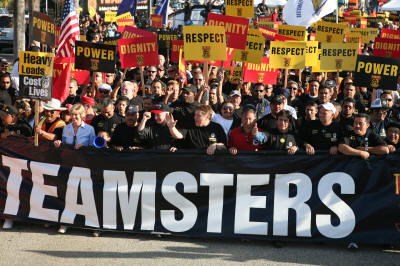
When you joined the Teamsters
... you became part of a very large family of working men and women fighting every day to improve the working conditions in your shop and at workplaces across the U.S. and Canada. You will always have the support and strength of your union brothers and sisters, active and retired. Your voice matters. Your vote counts.
The union contract
...is a negotiated agreement that governs the terms and conditions under which you work. It covers such rights and benefits as:
- Wage levels and pay increases
- Hours and overtime
- Shift schedules
- Health insurance coverage
- Job security
- Promotions
- Paid time off for vacations and holidays
- Retirement benefits
The contract is negotiated by your coworkers and Teamster leaders. You have the right to make suggestions about what should be in the contract, and to vote on the final agreement.
To win a good contract, however, workers have to show management that they are united in support of their negotiating team. And sometimes the support from other unions, community groups, public officials, and local citizens is needed to persuade the employer to reach a reasonable agreement.
Your contractual rights and benefits are guaranteed: Management cannot legally change them without negotiating with the union.
If you think management may have violated your rights or have questions and/or problems about work, talk to a Teamster steward. He or she, and other local union leaders, will answer your questions and together help you figure out the best way to solve the problem.
That's the Teamster advantage!
|
| Your Contract |
|
|
It is important that you read the contract that you received when you signed on with your employer. The union contract spells out in detail what the terms and conditions of your employment are, such as:
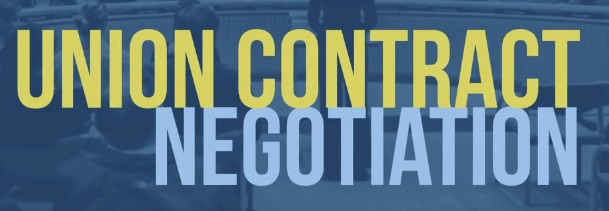 Rates of pay and periodic increases Rates of pay and periodic increases- Medical plans
- Retirement benefits
- Seniority rights
- Vacation and holiday packages
- Job security
- Work rules
The contract is a guaranteed document. The Employer cannot legally change it without first negotiating with the Local Union.
The Negotiating Process
Local 570 staff meets with members to take proposals of the changes they want in the contract with their Employer. The members select from among themselves to serve on their negotiating committee with the Union. The committee then meets with management to secure additional benefits for the membership. After this process has been completed, the committee brings back the final offer from the Company to the membership for ratification.
Ratification
When the final offer of a proposed contract is presented to the membership for ratification, the members have a right to vote on the proposed contract: either to accept it or reject it.
If the membership by a simple majority votes to reject the proposed contract, it could lead to a strike against the company. Strikes, the Union's most powerful tool, are rare. Local 570 has not had a strike since 2016.
Unity brings results. Many benefits have been won over the years as a result of the membership's solidarity and working relationship with the Local. If the Local Union membership continues to do so, we can only strengthen what has already been gained.
|
Page Last Updated: Dec 29, 2020 (11:45:00)
|